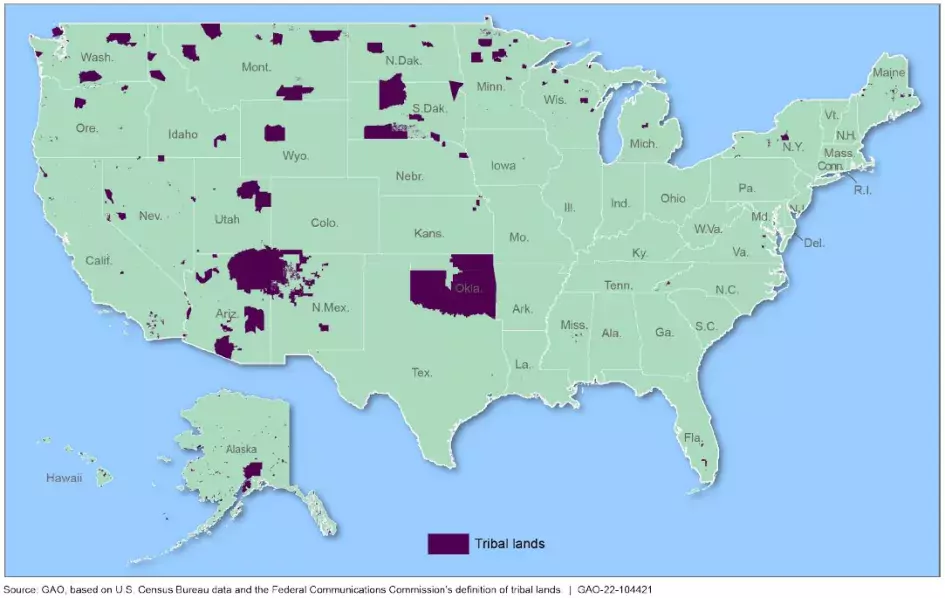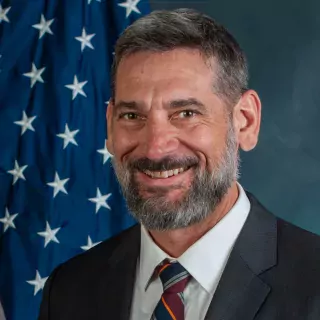Breaking Down Barriers to Broadband Access
What would your life be like without broadband internet? For many people, it’s hard to imagine not having critical services and resources at their fingertips on a daily basis. But millions of people—mostly in rural areas—still don’t have broadband access.
The COVID-19 pandemic laid bare the effects of this “digital divide.” Those with broadband access could work, attend school, shop, and be seen by their doctors without leaving home, and those without sufficient access could not.
Federal efforts to provide broadband access to all span multiple presidential administrations. Today’s WatchBlog post explores our work about some of the ongoing challenges to achieving this goal.
Image

No current national broadband strategy guides agencies’ efforts
The federal government has over 100 programs—spanning 15 agencies—that could be used to expand broadband access. Of these, 25 programs have broadband as a main purpose.
However, differences among these programs have led to a fragmented, overlapping patchwork of funding that is challenging for potential recipients to navigate. For example, programs may have different definitions of eligible areas, populations, and broadband speeds.
Communities, including some Tribes, may lack resources needed to successfully apply, such as technical expertise, experience with complex application processes, and required upfront or matching funds.
The Mosaic of 25 Federal Programs with Broadband as a Main Purpose and Their Overlap
Image

We recommended synchronizing federal efforts through a national broadband strategy.
Various federal officials we spoke with noted possible benefits of such a strategy, including helping agencies:
- combine or consolidate programs
- administer programs in ways that reduce barriers to participation
- design or modify programs to meet national and interagency goals
No national strategy is focused on broadband access for Tribes
Despite federal efforts to increase broadband access on Tribal lands, at least 18% of people living in these areas still can’t access broadband service, compared to 4% of people in non-Tribal areas.
The disparity is bigger in rural areas, where about 30% of people who live on Tribal lands do not have broadband access, compared to 14% who live in non-Tribal areas.
Map showing Tribal Lands in the United States
Image

Tribes continue to struggle to identify which federal broadband program meets their needs and have reported difficulties with complex application processes. These challenges can limit their ability to participate in federal broadband programs and their interest in doing so.
We recommended developing a national strategy for closing the gap in broadband access on Tribal lands as part of the broader national broadband strategy described above.
Narrowing the digital divide
Right now, millions of people in the U.S. can’t telework or attend school remotely, receive telehealth services, or run a business online—and the country is deprived of their participation and contributions.
An overarching national broadband strategy, which also includes a strategy for Tribal broadband, could guide agencies in working more collaboratively to break down barriers to broadband access. Succeeding could transform the daily lives—and futures—for generations of Americans.
- Comments on GAO’s WatchBlog? Contact blog@gao.gov.
GAO Contacts
Related Products

GAO's mission is to provide Congress with fact-based, nonpartisan information that can help improve federal government performance and ensure accountability for the benefit of the American people. GAO launched its WatchBlog in January, 2014, as part of its continuing effort to reach its audiences—Congress and the American people—where they are currently looking for information.
The blog format allows GAO to provide a little more context about its work than it can offer on its other social media platforms. Posts will tie GAO work to current events and the news; show how GAO’s work is affecting agencies or legislation; highlight reports, testimonies, and issue areas where GAO does work; and provide information about GAO itself, among other things.
Please send any feedback on GAO's WatchBlog to blog@gao.gov.




